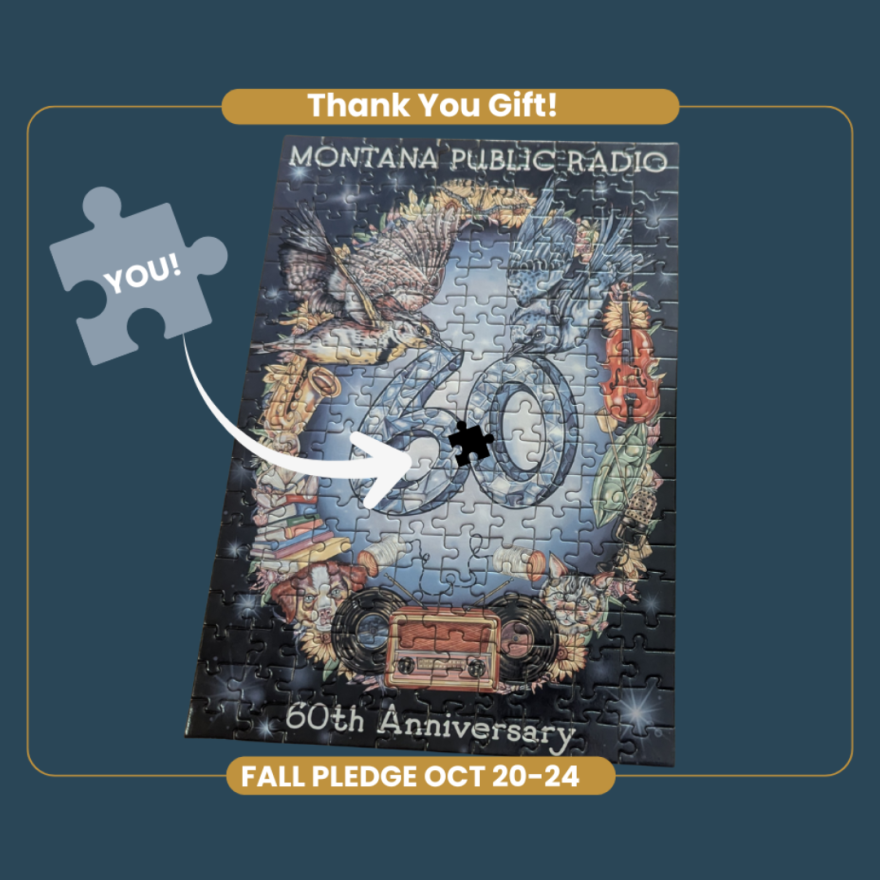Let me take you on a journey. It’s just a few miles, but over that short distance we’ll be transported not only to a dramatically different landscape, but also back through hundreds of millions of years of Earth’s history. We’ll leave the cool, green comfort of Red Lodge, cross the beautiful but unimaginatively named Rock Creek, and drive up and over what locals call “the East Bench.” The steep descent that follows traces the contours of the grassy hills and valleys, past ghosts of once-bustling mining towns. The change in scenery is already striking and inescapable. It’s dry and a lot warmer. Sage is suddenly everywhere—everywhere, that is, where it’s not too parched even for this hardiest of dryland flora. Low, vertical cliffs of tan sandstone have replaced the steep, evergreen-covered mountains as the dominant landform. We have just entered another world: the Bighorn Basin.
Roughly the size of New Jersey, the Basin is sparsely populated but home to dozens of species of plants and animals well adapted for the extremes of desert life. Black bears, grizzlies, and even wolves are making a comeback here, rightfully rejoining the mountain bluebirds and horned toads that have thrived among juniper-studded canyons throughout time immemorial. Beauty, though, isn’t just skin deep, and as with people, it’s what lies beneath that sets this country apart.
This region has been covered by oceans, deltas, and river ecosystems for most of the last half billion years, each one leaving behind layers of sediments, hardened into stone by two things nature provides in abundance: pressure and time. Geology’s forefathers taught us that sedimentary rocks are laid down in flat horizontal layers, and that the oldest layers are on the bottom. In most places, these rules conspire to keep older layers locked away, hidden deep within the earth, frustrating our efforts to study long-term changes in the planet’s history. The Bighorn Basin, though, is more determined to reveal her secrets than “most places.”
Around 70 million years ago, colliding tectonic plates created the Laramide Orogeny, a mountain-building event that violently and permanently altered western North America. Mountain ranges across the West are the progeny of that slow-motion impact, where great quantities of Earth’s deep crust were thrust up through the overlying sedimentary rocks. Equal and opposite forces apply to rocks just as much as they do to falling apples, so where we find ranges that were forced upwards, so too will we find realms that have been flexed downward. The same forces that produced the Pryor, Bighorn, Bridger, Owl Creek, Absaroka, and Beartooth mountains simultaneously pushed the area they encircled downwards into the shape of an enormous bowl, or basin. In some places, that bowl reaches more than five miles deep. All of those previously inaccessible, deep sedimentary layers were tilted down towards the middle of that bowl while their edges were dragged up towards the land surface by the burgeoning mountains. The result of these patient and unyielding geological forces is a readily accessible, 500 million year record of ancient environments, making this one of Earth’s greatest natural laboratories.
It’s irresistible to scientists, who have long made their own lengthy and complicated journeys to the Basin from around the world to study long-term changes in our planet’s history. Some come to study climate change or the life cycles of mountain ranges, while others search for natural resources. As a paleontologist and Director of Elevation Science Institute, I come for the adventure of studying the evolution of life and ecosystems. Each summer, our team of researchers, educators, and a small army of international citizen scientists make this simpler journey from Red Lodge, past massive monuments to Earth’s immense power and persistence, to our own little secret corner of the Basin. Here we hunt colossal dinosaurs and other fossils from the Jurassic Period, 150 million years ago. It’s only a tiny slice of what the Basin has to offer, but it allows me the privilege of an epic journey through the vastness of both time and awe-inspiring landscapes.
Today’s Field Note was written by Jason Schein in the Field Notes Writing Workshop at the Montana Natural History Center. I’m Allison De Jong for Field Notes, brought to you by the Montana Natural History Center, providing natural history education for schools and the public throughout Montana. To find out about upcoming events and programs at the Center, call 406.327.0405, or visit our website at MontanaNaturalist.org








